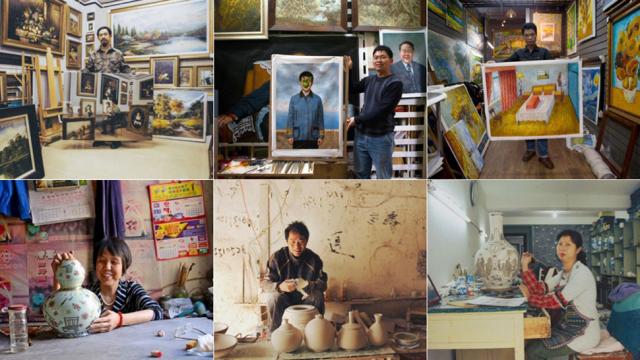We’ve heard a lot about the evils of China’s booming art copying industry, which hocks inexpensive replicas of everything from Expressionist paintings to priceless Chinese porcelain. But the people who make these perfectly-crafted copies are also artists in their own right — which is perhaps never more clear than when they’re painting themselves.
“The relationship between imitation and creativity can be intriguing,” say Zhenhan Hao, a China-born London-based artist. Hao is a student at London’s Royal College of Art, but for his graduation thesis, he adopted a different persona — that of a wealthy client. He contacted two different “copy” factories and commissioned pieces from a handful of painters and craftsmen. But unlike the orders these imitators normally receive from Europe, Hao proposed an unusual collaboration: He asked them to make art about themselves.
“I built relationships with them by talking with them before I gave any commission,” Hao tells Gizmodo over email. “I designed briefs for each artisan imitator according to their experience knowledge and skills.” From two craftspeople at China’s porcelain capital Jingdezhen, where artisans churn out replicas of Chinese and Dutch pieces, he asked for a vase and a bowl decorated with their experiences at work. From five painters at Dafen Village, the well-known center for fine art copies, he asked for paintings that showed the artists and their work spaces.
Over the course of the next few months, Hao and his collaborators got to know each other over emails and in-person visits. The works that emerged are complicated and fascinating — they’re new pieces of art, done in the style of the famed artists these workers are trained to copy.
For example, one painting shows a the modern apartment of an imitator, done in the style of Van Gogh’s painting of his own studio:
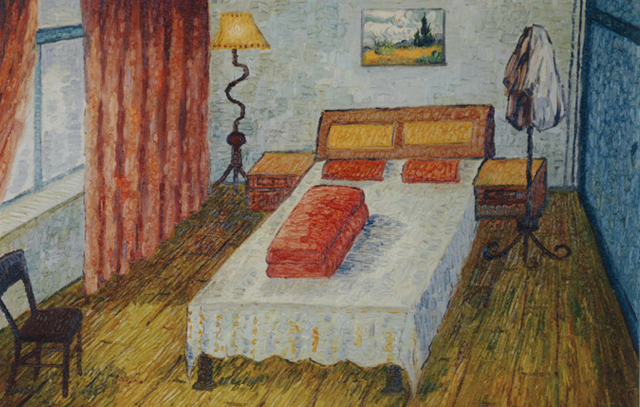
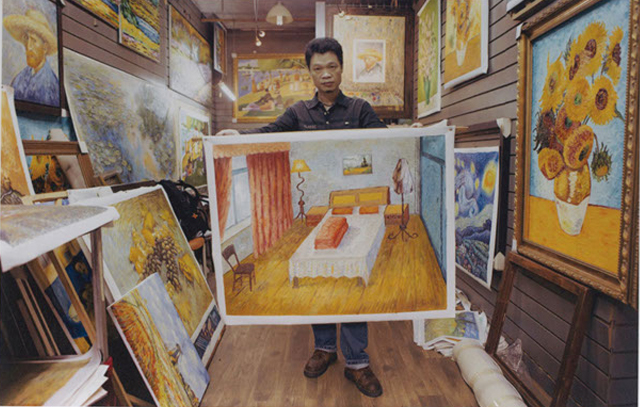
Another shows the imitator working on copies of paintings by the Baroque artist Pierre Subleyras — in the style of Subleyras:
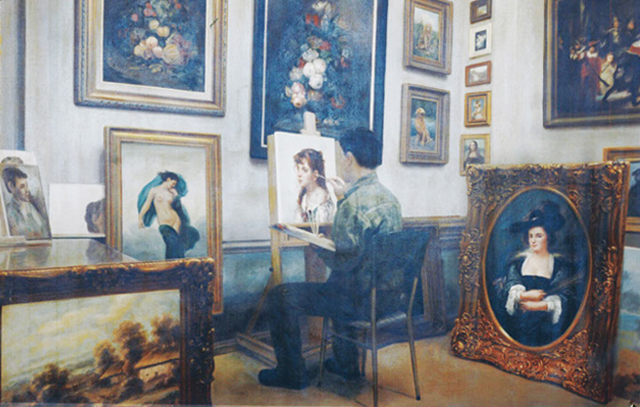

The ceramics look traditional, until you see the decorations up close. This artisan was asked to recreate scenes from a local market, including the people and vehicles:
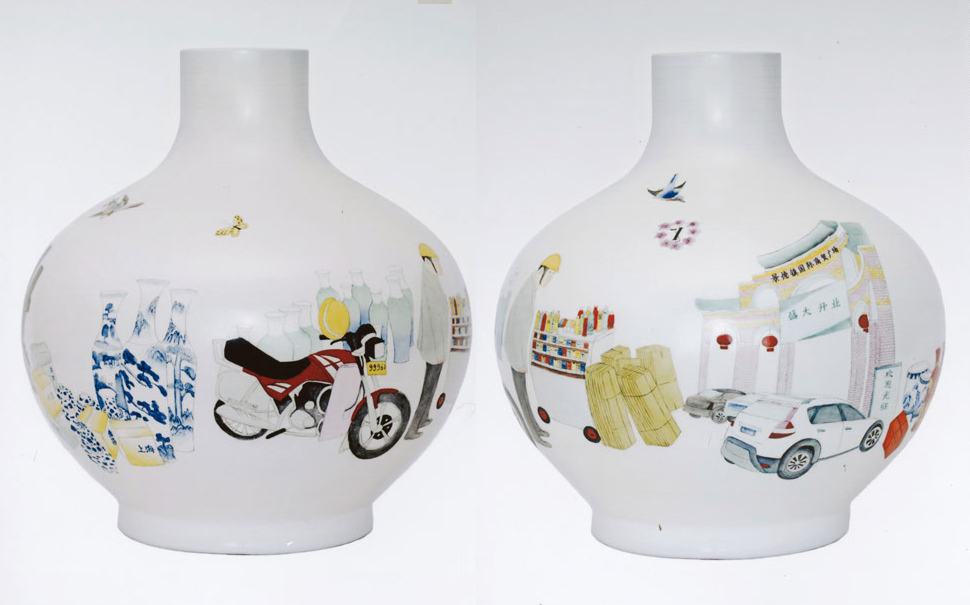

Another woman was invited to create a vase showing the steps she goes through to make porcelain:

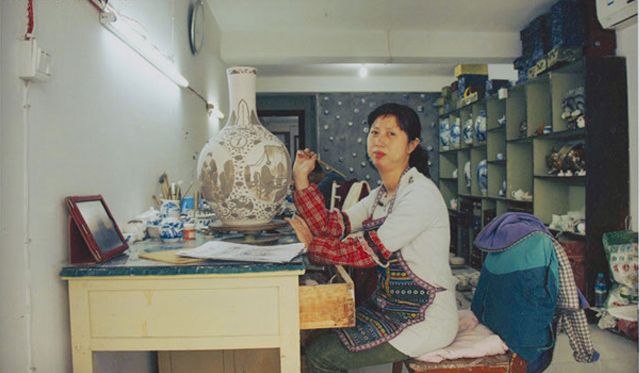
“Together, we co-produced a series of improvised products that sought to inspire the imitators to explore their imagination and creativity,” says Hao. “In the end, I made some friends, and most of them would like to work with me.”
The sense you get from these images is that, regardless of how you feel about art copying, imitation and art are hard to separate. Check out the rest of the project on Hao’s website. [We Make Money Not Art]
